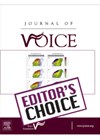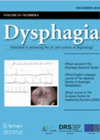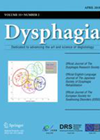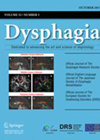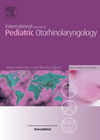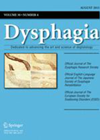
Journal Reviews
Early injection laryngoplasty for iatrogenic vocal fold movement impairment – a safe and effective treatment
This Ed’s Choice examines the role of early injection laryngoplasty on swallowing dysfunction and is one of a few studies available in the literature. Research on early injection laryngoplasty has been predominately focused on voice and reducing the risk of...
Do nasogastric tubes affect aspiration risk?
A nasogastric tube (NGT) is frequently used for patients who are at risk of endotracheal aspiration of oral diet. However, this cannot eliminate the aspiration of saliva. The incidence of aspiration pneumonia in patients with NGT therefore remains high. Some...
Can laryngeal sensitivity testing predict aspiration and pneumonia in dysphagic patients?
The laryngeal adductor reflex (LAR) is characterised by brief vocal cord closure in response to laryngeal stimulation. It is important in swallowing physiology as it represents a mechanism for airway protection. The authors of this study examined whether the absence...
Should patients with dysphagia be allowed water freely?
Patients with dysphagia often experience dehydration as a consequence of “nil by mouth” or having to consume thickened fluids due to aspiration of thin fluids. However, not all incidents of aspiration develop into an infection. Factors that contribute to aspiration...
Long-term swallowing function in bilateral vocal cord immobility
Vocal cord immobility is the second most common abnormality of the larynx in the paediatric population. The team from New York aimed to characterise the long-term swallowing function in a cohort of patients with bilateral vocal cord immobility over a...
The right kit matters… How important is video recording in FEES?
As a portable alternative to videofluoroscopy, fibreoptic endoscopic evaluation of swallowing (FEES) is often carried out at the patient’s bedside. The authors of this paper have chosen to examine the reliability of the penetration-aspiration ratings (Rosenbek scale) of FEES examinations...

